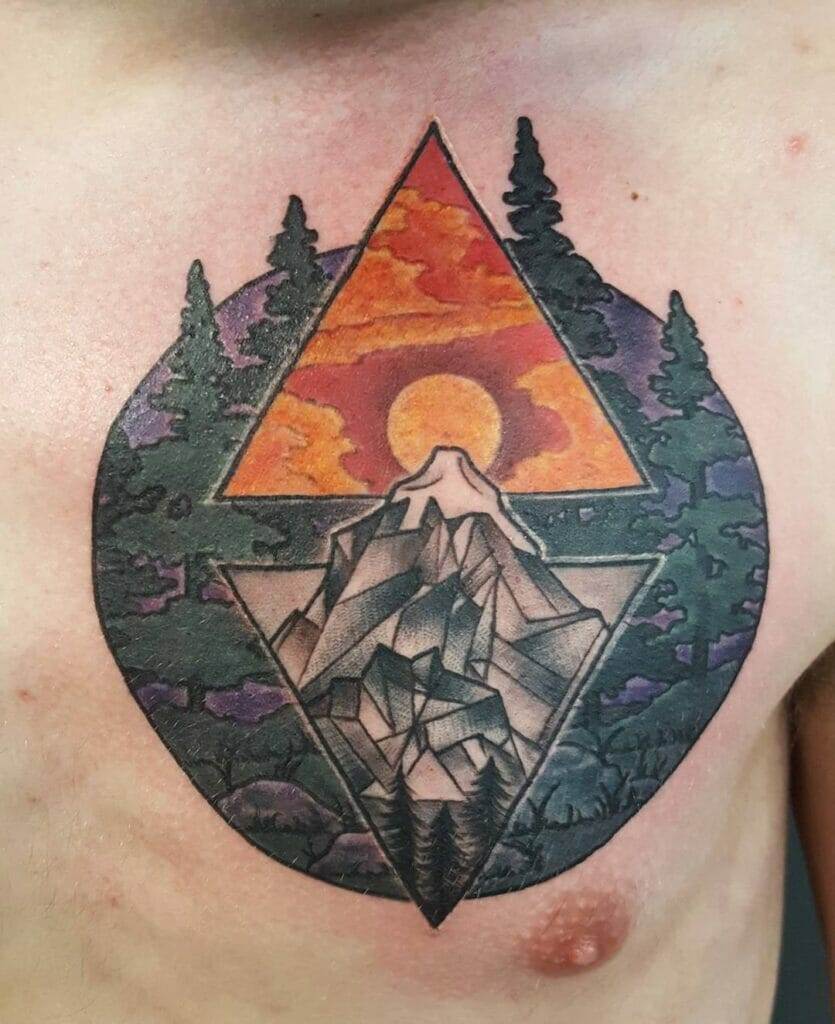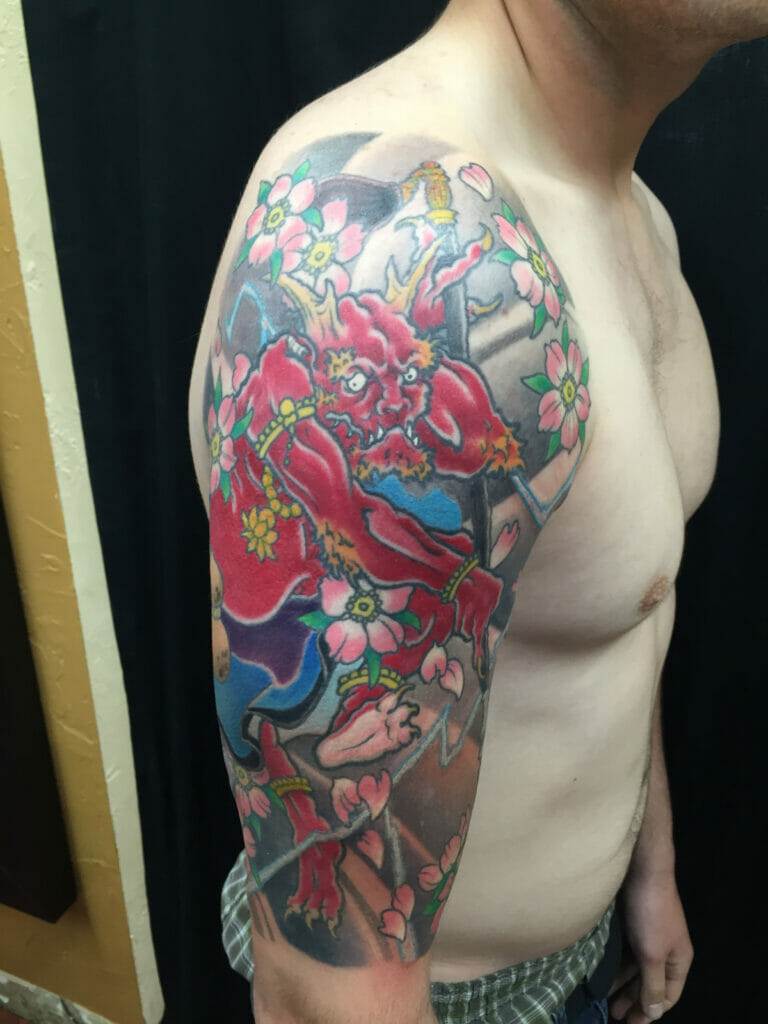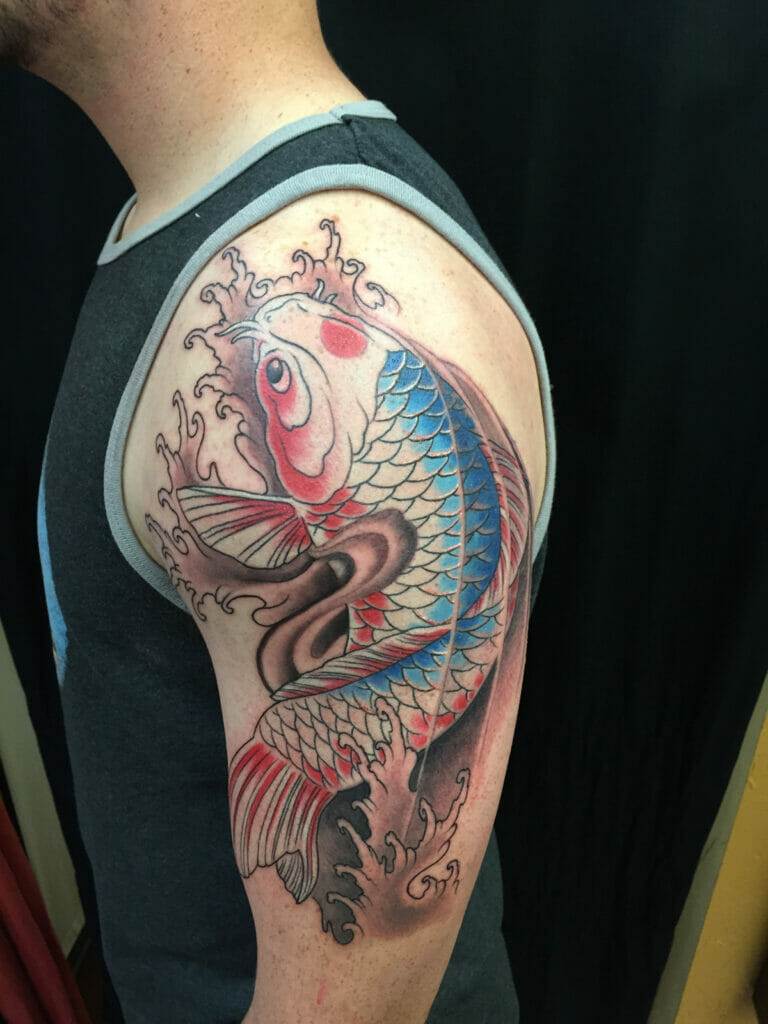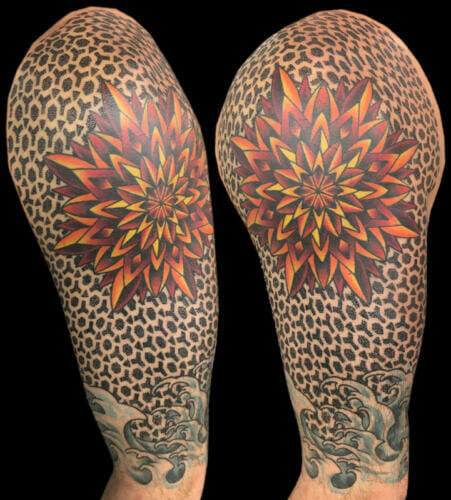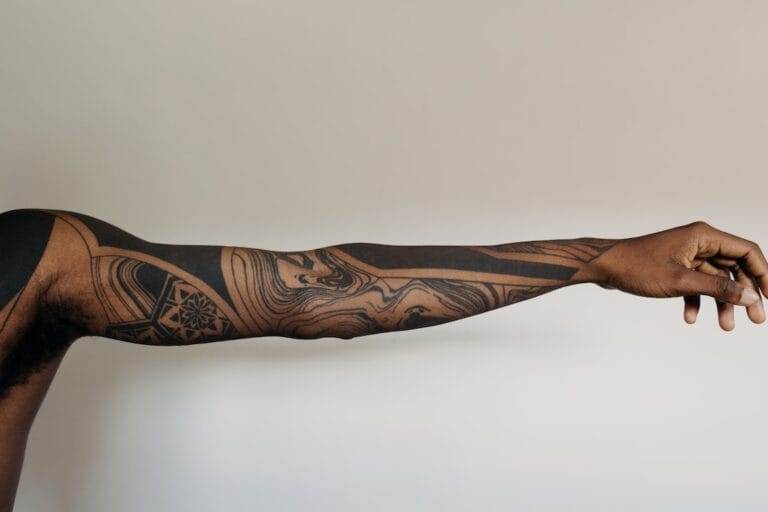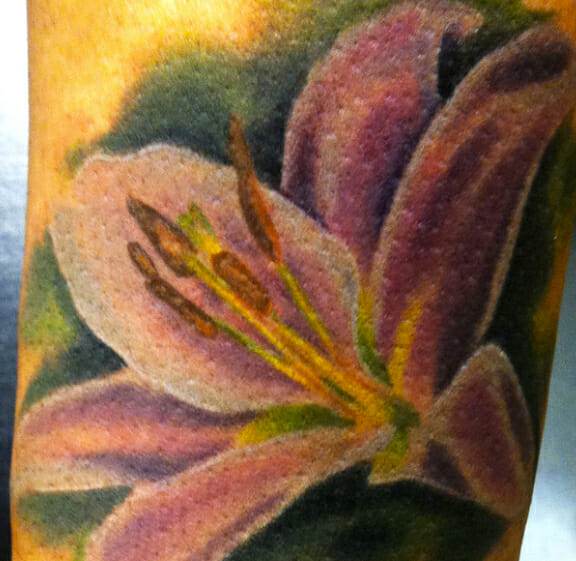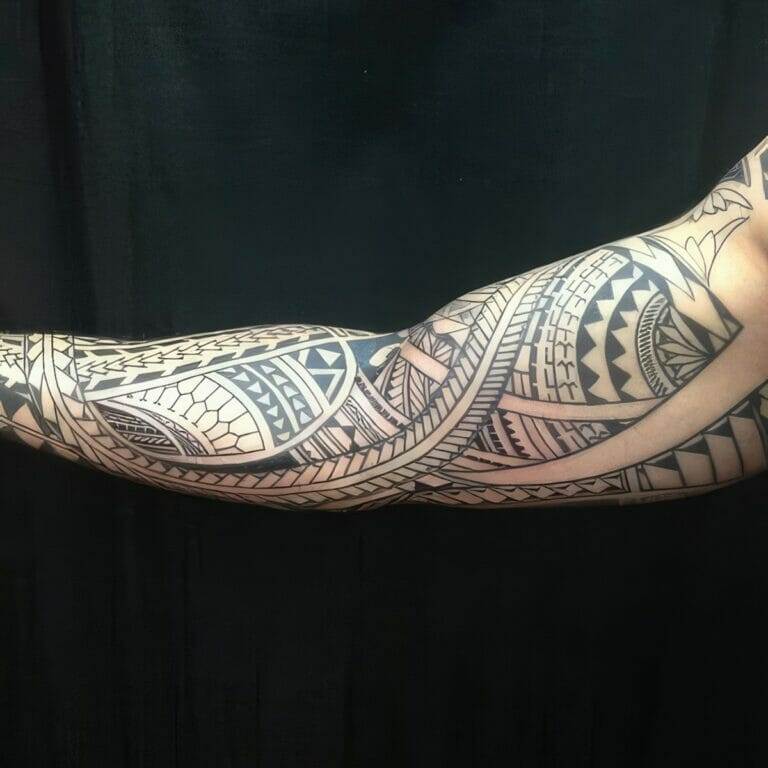
Irezumi, also known as traditional Japanese tattooing, is a unique and ancient art form that has been practiced in Japan for centuries. The word “irezumi” translates to “inserting ink” and refers to the process of tattooing intricate and colorful designs onto the skin. Unlike Western-style tattoos, which are often seen as individual expressions of personal identity, Irezumi is deeply rooted in Japanese culture and has a rich history that spans back thousands of years.
The Rich History of Irezumi: From Ancient Times to Modern Day
The origins of Irezumi can be traced back to ancient times, where it was primarily used as a form of punishment or identification for criminals. In these early days, tattoos were often associated with criminality and were seen as a mark of shame. However, over time, the practice of Irezumi evolved and began to take on a more artistic and cultural significance.
During the Edo period (1603-1868), Irezumi became popular among the working class and was used as a form of self-expression. Tattoo artists, known as horishi, would create elaborate designs that depicted scenes from Japanese mythology, folklore, and nature. These tattoos were often worn by firefighters, laborers, and members of the lower classes.
In modern times, Irezumi has gained popularity among people from all walks of life in Japan. While it is still associated with the yakuza (Japanese organized crime syndicates), it has also become a respected art form that is admired for its beauty and craftsmanship.
The Significance of Irezumi in Japanese Culture and Society
Irezumi holds great cultural and social significance in Japanese society. It is seen as a symbol of strength, courage, and loyalty. In Japanese mythology and folklore, tattoos are often associated with supernatural powers and protection against evil spirits. Many traditional Irezumi designs feature mythical creatures such as dragons, phoenixes, and tigers, which are believed to bring good fortune and ward off bad luck.
In contemporary Japanese society, Irezumi is still associated with the yakuza and criminal organizations. Members of these groups often wear full-body tattoos as a sign of their loyalty and commitment. However, there has been a shift in recent years, with more people outside of the criminal underworld embracing Irezumi as a form of self-expression and art.
The Different Styles of Irezumi: Traditional, Neo-Traditional, and Contemporary
There are several different styles of Irezumi, each with its own unique characteristics and techniques. Traditional Irezumi, also known as tebori, is the oldest and most traditional style of Japanese tattooing. It involves using a hand-held needle to manually insert ink into the skin. This technique requires great skill and precision and is often seen as the purest form of Irezumi.
Neo-Traditional Irezumi is a more modern take on traditional Japanese tattooing. It combines elements of traditional Irezumi with Western-style tattooing techniques. This style often features bold lines, vibrant colors, and a mix of traditional Japanese motifs with contemporary designs.
Contemporary Irezumi is a more experimental and artistic style that pushes the boundaries of traditional Japanese tattooing. Artists in this style often incorporate elements of other tattooing traditions from around the world and use a wide range of colors and techniques to create unique and innovative designs.
The Symbolism and Meanings Behind Irezumi Designs
Irezumi designs are rich in symbolism and meaning. Each design tells a story or represents a specific idea or concept. Common motifs in traditional Irezumi include dragons, koi fish, cherry blossoms, peonies, and samurai warriors.
Dragons are often seen as symbols of power, strength, and wisdom. They are believed to bring good luck and protect against evil spirits. Koi fish, on the other hand, represent perseverance and determination. They are often depicted swimming upstream, symbolizing the struggle to overcome obstacles in life.
Cherry blossoms and peonies are both symbols of beauty and femininity. Cherry blossoms represent the transient nature of life, while peonies are associated with wealth and prosperity. Samurai warriors are often depicted in Irezumi designs as a symbol of honor, loyalty, and bravery.
The Techniques and Tools Used in Irezumi Tattooing
Traditional Irezumi tattooing is done using a hand-held needle called a nomi. The nomi is dipped in ink and then inserted into the skin using a tapping or poking motion. This technique, known as tebori, requires great skill and precision and can be quite painful for the person receiving the tattoo.
Modern Irezumi tattooing techniques often involve the use of electric tattoo machines, similar to those used in Western-style tattooing. These machines allow for faster and more precise tattooing, but some artists still prefer to use traditional hand tools for a more authentic and traditional experience.
The Role of Irezumi in Yakuza and Criminal Organizations

Irezumi has long been associated with the yakuza and other criminal organizations in Japan. Members of these groups often wear full-body tattoos as a sign of their loyalty and commitment. These tattoos serve as a form of identification within the criminal underworld and are seen as a mark of status and power.
In the past, yakuza members would undergo extensive tattooing rituals that could take years to complete. These tattoos would often cover the entire body, from head to toe, and would depict scenes from Japanese mythology, folklore, and nature.
However, in recent years, there has been a decline in the number of yakuza members with full-body tattoos. This is due to increased scrutiny from law enforcement and a changing public perception of tattoos. Many yakuza members are now opting for smaller, more discreet tattoos that can be easily hidden.
The Controversies and Taboos Surrounding Irezumi
Irezumi has long been a taboo in Japanese society. In the past, tattoos were associated with criminality and were seen as a mark of shame. Even today, many public places such as hot springs, public baths, and gyms have strict no-tattoo policies.
There is also controversy surrounding the issue of cultural appropriation when it comes to Irezumi. Some argue that non-Japanese people getting traditional Japanese tattoos is a form of cultural appropriation and disrespect. Others believe that tattooing is a universal art form that should be appreciated and practiced by people from all cultures.
There are also health risks associated with Irezumi. Traditional hand-poked tattoos can be more prone to infection and scarring compared to modern machine tattoos. It is important to choose a reputable and experienced tattoo artist who follows proper hygiene practices to minimize these risks.
The Global Popularity of Irezumi: From Japan to the Rest of the World
In recent years, Irezumi has gained popularity outside of Japan, particularly in Western countries. Many people are drawn to the beauty and intricacy of traditional Japanese tattooing and seek out skilled artists who can create authentic Irezumi designs.
Irezumi has also had a significant impact on global tattoo culture. Many Western tattoo artists have been influenced by Japanese tattooing techniques and incorporate elements of Irezumi into their own work. This cross-cultural exchange has led to the development of new styles and techniques that blend traditional Japanese motifs with contemporary designs.
The rise of social media has also played a role in the global popularity of Irezumi. People from all over the world can now easily access and share images of Irezumi designs, allowing for greater exposure and appreciation of this ancient art form.
The Future of Irezumi: Innovation and Preservation of Traditional Techniques
The future of Irezumi in Japan is uncertain. While it is still practiced by a dedicated group of artists and enthusiasts, there has been a decline in the number of young people getting traditional tattoos. This is due to changing attitudes towards tattoos in Japanese society and the influence of Western culture.
However, there is also a growing movement to preserve and promote traditional Irezumi techniques. Organizations such as the Japan Tattoo Institute are working to train the next generation of tattoo artists in the art of tebori and ensure that these ancient techniques are not lost.
Outside of Japan, the future of Irezumi looks bright. The popularity of Japanese tattooing continues to grow, with more and more people seeking out skilled artists who can create authentic Irezumi designs. As long as there is a demand for this unique and beautiful art form, it will continue to thrive and evolve.
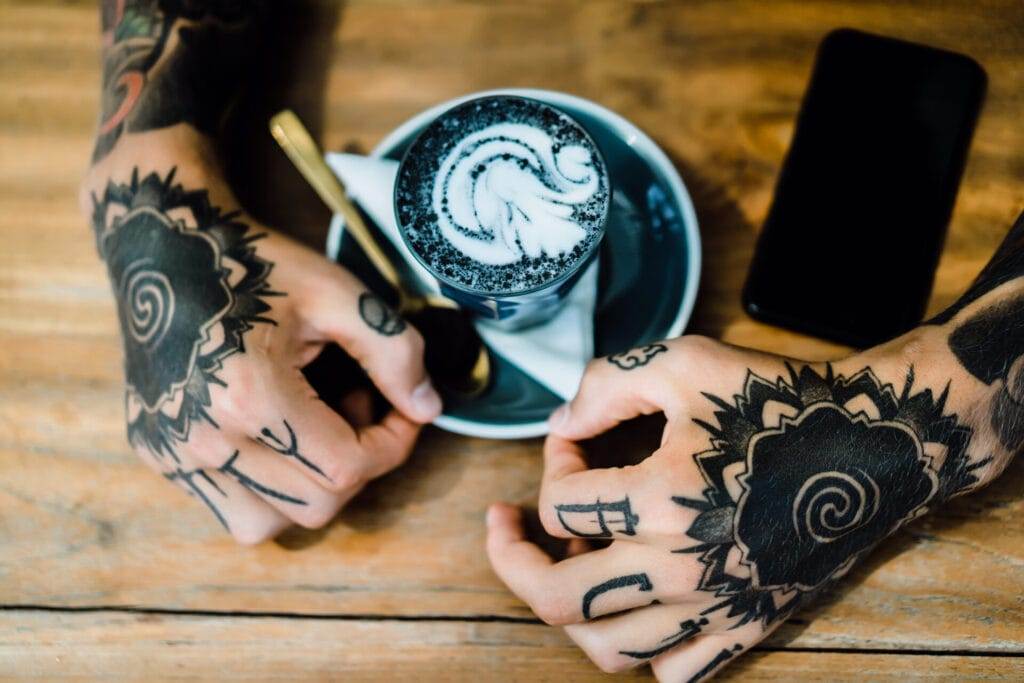
The Beauty and Complexity of Irezumi as an Art Form
Irezumi is a truly unique and beautiful art form that has captivated people around the world. Its rich history, deep cultural significance, and intricate designs make it a fascinating subject of study and appreciation.
Whether you are drawn to the traditional motifs and techniques of Irezumi or prefer a more modern take on this ancient art form, there is no denying the beauty and complexity of Japanese tattooing. It is an art form that continues to evolve and adapt to changing times while still honoring its rich history and traditions.
Understanding Irezumi as an art form requires an appreciation for its cultural context and symbolism. Each design tells a story or represents a specific idea or concept, making it a deeply personal and meaningful form of self-expression.
In conclusion, Irezumi is more than just a tattoo. It is a living art form that has been passed down through generations and continues to evolve and adapt to the modern world. Its beauty, complexity, and cultural significance make it a truly unique and captivating art form that deserves to be celebrated and preserved.

